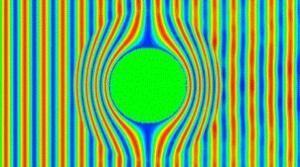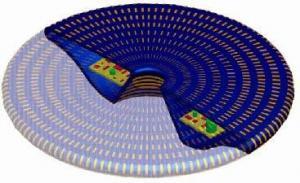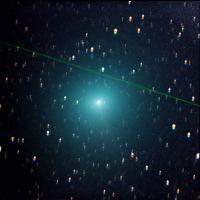IP address is not enough proof, they sayU.S. House members who say that China may have been responsible for attacks on their computers have provided little evidence to back up their claims, according to computer security experts.
The two Republican congressmen, Reps. Frank Wolf of Virginia and Christopher Smith of New Jersey,
disclosed Wednesday that computers in their offices were hacked in late 2006 and early 2007. Both men have been critical of China's human rights record and said that the attacks raised concerns that they were being targeted for their support of Chinese dissidents.




